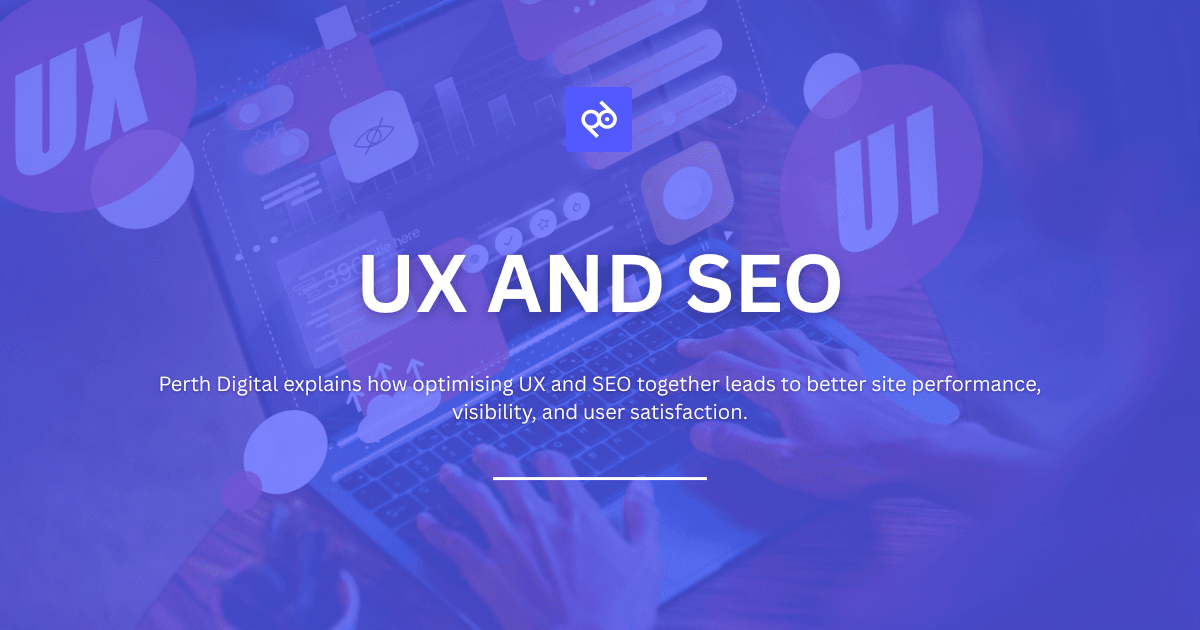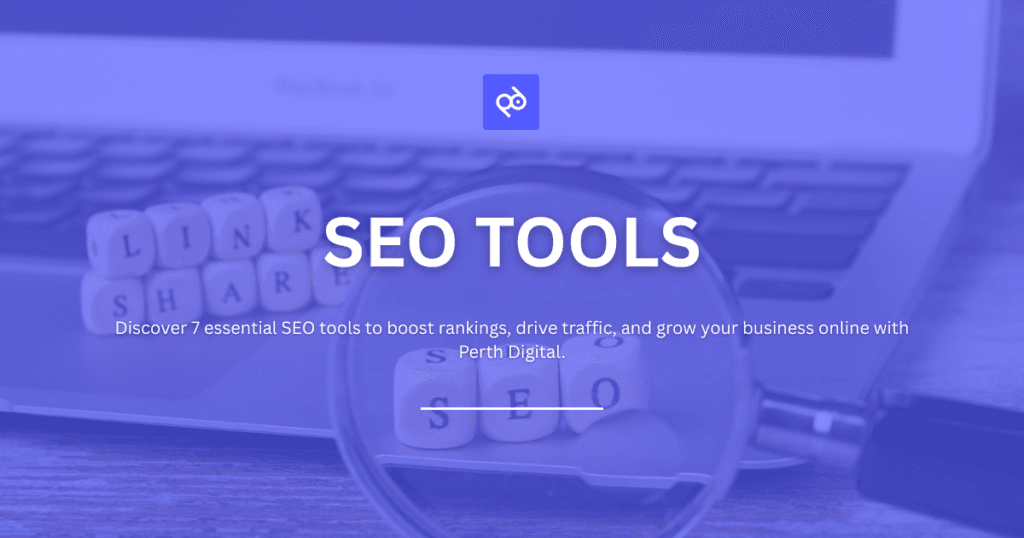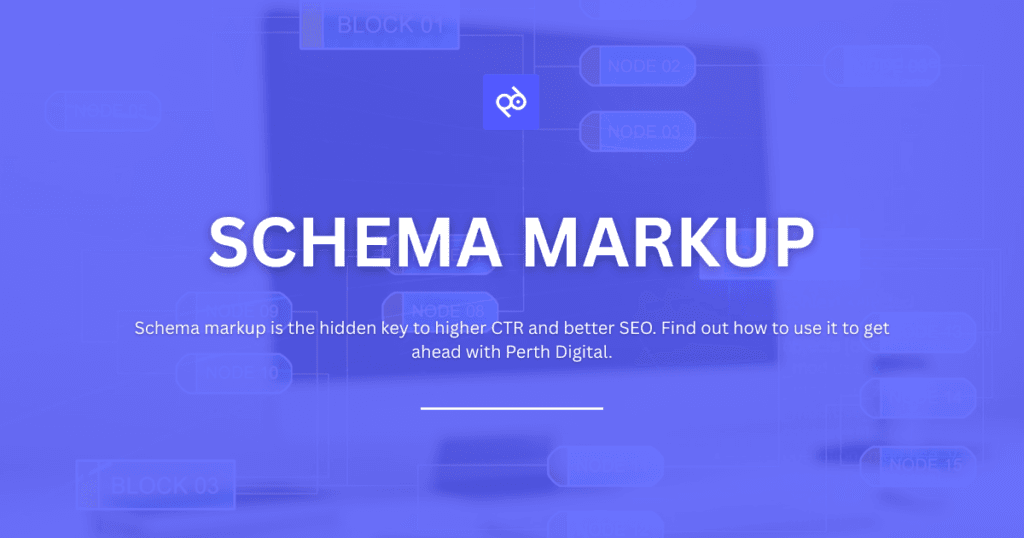To build a truly effective website, both user experience (UX) and search engine optimisation (SEO) must work in harmony. While traditionally treated as separate disciplines, integrating them results in higher engagement, better usability, and improved search rankings.
Search engines favour websites that users find valuable. By combining thoughtful design with SEO best practices, you can create a site that satisfies both user needs and algorithm criteria.
Why UX and SEO Are Both Critical
UX ensures that users can interact with your site easily, while SEO makes sure they find it in the first place. Together, they form the backbone of a high-performing website. A fast, responsive, and well-structured site not only improves user satisfaction but also ranks better on search engines like Google.
Elements such as mobile compatibility, intuitive navigation, and fast loading speeds impact both how users experience your site and how search engines evaluate it.
UX in Focus: Making Every Interaction Count
User experience goes far beyond visual appeal. It’s about ensuring a smooth journey from entry to conversion. Key aspects include:
Intuitive Navigation
Good navigation ensures users can find the information they need without confusion or delay. An intuitive menu structure, clear labels, and logical page hierarchy allow visitors to move through your site effortlessly. When users don’t have to think hard about where to go next, they’re more likely to stay engaged and complete desired actions, such as filling out a form or making a purchase.
Quick Load Times
Speed is a non-negotiable in user experience. If your website takes more than a few seconds to load, users will likely leave before engaging with your content. Slow load times increase bounce rates and negatively impact search rankings. Optimising image sizes, reducing unnecessary scripts, and leveraging browser caching are effective ways to keep your site fast and responsive.
Mobile Responsiveness
With mobile devices accounting for the majority of web traffic, your site must function smoothly on all screen sizes. Mobile responsiveness means content adjusts dynamically to fit different devices without compromising usability.
Buttons should be easy to tap, text must be readable without zooming, and page elements should load correctly. A consistent mobile experience is key to keeping users engaged and meeting Google’s mobile-first indexing standards.
Strong UX encourages longer visits and repeat traffic, both positive signals to search engines.
SEO Essentials: Visibility Starts with Optimisation
SEO is your strategy for ensuring that your content reaches the right audience. Core components include:
Targeted Keywords for Discoverability
Keywords form the foundation of SEO by connecting your content with the search terms users are actually typing into Google. Identifying and integrating relevant keywords naturally throughout your pages, especially in headings, meta tags, and body content, helps your site appear in search results for the right audience. Keyword research ensures you’re targeting terms with strong intent and decent search volume, increasing the chances of driving quality traffic to your site.
Quality Content That Answers User Queries
Search engines prioritise content that provides genuine value and answers user questions. Quality content is well-researched, clearly written, and tailored to your audience’s needs. It should also be regularly updated to remain accurate and relevant. By creating informative and engaging content, you not only improve your SEO but also keep users on your site longer, an important signal for search engines.
Internal Links That Guide Navigation and Distribute Page Authority
Internal linking strengthens your site architecture by helping users and search engines navigate between related content. Strategically placed internal links allow you to guide visitors to deeper parts of your site, increasing their time on page and improving user experience.
From an SEO perspective, internal links also help distribute link equity across your site, making it easier for search engines to understand and rank your content effectively.
Search engines assess how well your site meets user needs. Good UX improves these signals, making UX and SEO mutually reinforcing.
How UX Enhances SEO Performance
When UX is optimised, SEO benefits naturally. Here’s how:
- Faster load times improve rankings and reduce bounce rates.
- Clear structure enhances crawlability for search engines.
- Mobile-friendly design supports Google’s mobile-first indexing.
This holistic approach aligns user satisfaction with technical performance, leading to sustainable growth in traffic and conversions.
Key UX Elements That Support SEO
Certain UX factors directly influence your SEO outcomes. Focus on these areas to optimise both:
1. Load Speed
Slow-loading pages deter users and lower rankings. Optimise images, minimise scripts, and use caching to accelerate performance.
2. Responsive Design
Ensure seamless experiences across all devices. Use flexible layouts and media queries to adapt to various screen sizes.
3. Mobile-First Indexing
Google prioritises your site’s mobile version. Design with mobile navigation, content accessibility, and touch functionality in mind.
4. UX Writing and Content Intent
Clear, actionable language that reflects user goals leads to more meaningful interactions. Align CTAs and content with user journeys.
5. Logical Site Architecture
Organise content into intuitive categories with proper linking. This enhances both SEO crawlability and user navigation.
6. UI Design and Accessibility
Ensure buttons, menus, and forms are visually intuitive and accessible. A clean interface helps guide users effortlessly.
Tracking UX Metrics That Influence SEO
Monitoring key UX performance indicators allows for ongoing SEO improvement.
Behavioural Metrics:
- Bounce rate reveals how many users leave after one page.
- Session duration shows how long users stay and engage.
- Pages per session highlight navigation effectiveness.
Technical Metrics:
- Page speed directly affects rankings and user satisfaction.
- Mobile usability ensures compatibility across devices.
- Core Web Vitals (like LCP, FID, CLS) measure responsiveness and visual stability.
These metrics should be regularly reviewed to identify friction points and optimise performance.
Conclusion
Aligning UX and SEO is no longer optional, it’s essential. A seamless user experience complements SEO strategies, resulting in higher visibility and greater user satisfaction. By refining both aspects, you build a website that performs well, ranks higher, and serves your audience effectively.
At Perth Digital, we’ll help you combine UX and SEO in a seamless and effective way. Get in touch with us today for a detailed SEO strategy catered to your needs!



